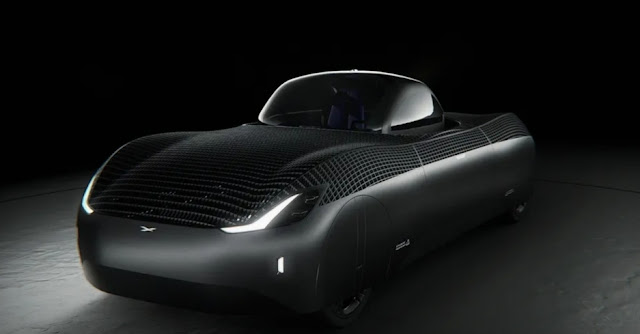In a major breakthrough for the automotive and aviation industries, the Federal Aviation Administration (FAA) has granted approval for the first-ever flying car. This revolutionary development opens the doors to a new era of transportation, blending the realms of ground and air travel like never before. With the FAA's green light, this cutting-edge flying car is now available for preorder, marking a significant milestone in the evolution of personal transportation. In this article, we will explore the implications of this groundbreaking achievement and delve into the future prospects of flying cars.
The Arrival of the Flying Car
The recent FAA approval for the first flying car is a testament to the tireless efforts of engineers, technologists, and aviation enthusiasts who have long dreamed of a world where personal air travel is a reality. The vehicle, developed by a pioneering company, represents the culmination of years of research, innovation, and rigorous safety testing. Equipped with advanced technologies, including vertical take-off and landing capabilities, autonomous flight systems, and comprehensive safety features, this flying car promises to reshape the future of transportation.
The Significance of FAA Approval
The FAA's decision to approve the first flying car carries tremendous significance. As the regulatory body responsible for ensuring the safety and efficiency of the national airspace, the FAA's endorsement underscores the viability and maturity of this innovative technology. This milestone achievement paves the way for other manufacturers and developers to pursue the production and certification of their own flying car designs. It also instills confidence in potential customers, signaling that these vehicles have undergone rigorous scrutiny and meet the necessary safety standards for operation in the air.
The Future of Personal Transportation
The availability of a commercially viable flying car brings a myriad of possibilities for personal transportation. By seamlessly blending air and ground travel, these vehicles have the potential to revolutionize commuting, alleviate traffic congestion, and reduce travel time significantly. Additionally, flying cars can open up new possibilities for emergency medical services, disaster response, and transportation in remote areas, where conventional infrastructure is limited.
Challenges and Considerations
While the FAA approval of the first flying car is undoubtedly a significant milestone, it is important to acknowledge the challenges and considerations that come with this new mode of transportation. Ensuring the safe integration of flying cars into the existing airspace infrastructure will require the development of comprehensive regulations, air traffic management systems, and specialized training programs for pilots and operators. Additionally, infrastructure requirements for take-off and landing sites, maintenance facilities, and charging stations must be carefully addressed to support the widespread adoption of flying cars.
Conclusion
The FAA's approval of the first flying car and its subsequent availability for preorder mark a historic moment in the evolution of personal transportation. This groundbreaking achievement signals the dawn of a new era where the boundaries between ground and air travel blur. As the technology continues to mature, flying cars hold the potential to revolutionize the way we commute, transport goods, and respond to emergencies. While challenges lie ahead in terms of regulation, infrastructure, and public acceptance, the vision of a future filled with flying cars is closer than ever before. As we embark on this journey, the fusion of automotive and aviation technologies promises a transformative and exciting future for transportation.


Post a Comment